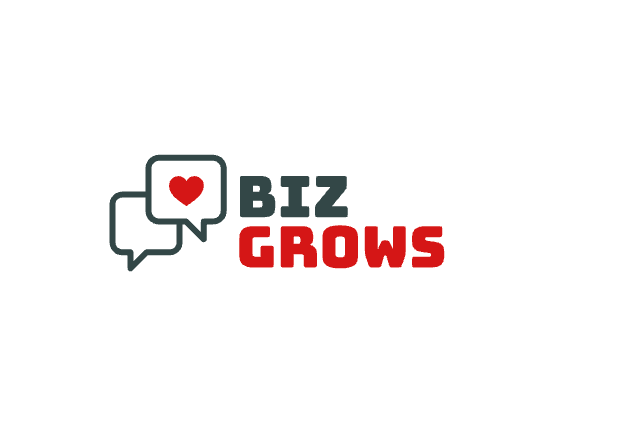If there’s one significant statistic that keeps showing up in the news today, it’s the fact that people are leaving their jobs en masse lately. With employee retention (and, by extension, recruitment) being such a problem these days, it can be challenging to keep employees engaged at work. Employee recognition and rewards can go the distance to keep employees engaged, make them feel valued, and ultimately drive them toward success at an organization instead of pushing them in the opposite direction. When recognition is personal and driven by employees it creates a positive dynamic that benefits everyone. That’s why recognition programs are becoming so popular lately. Today, we’re discussing how creative recognition and rewards programs can help employees succeed. Check it out below.
Recognition Doesn’t Have to be Fancy, It Just Has to be Personal
Play recognition is a surprisingly complex idea. It requires quite a bit of finesse to get right. But once you get it right, it becomes a wonderful experience for everyone involved. Recognition doesn’t have to be a fancy party, excessive gifts, or other similar items. It does have to be personalized though.
- Timely (prompt recognition is more effective than recognizing an accomplishment after the fact)
- Frequent (to be effective, recognition should happen often)
- Specific (recognition should be targeted, precise, and unique to the individual)
- Consistent (recognition should be given to everyone at the organization as applicable, not just a few people)
- A connection to company values (this one’s pretty self-explanatory)
Getting recognition right—and training your team on how, when, and why to perform it—leads to positive outcomes for the entire organization over time.
Rewards Should Be Part of Recognition
Rewards should always be part of a comprehensive employee recognition system. Recognition is Meaningful and impactful. But that doesn’t mean that it shouldn’t also be reinforced with some kind of reward system. Many companies like to take a points-based approach where employees can recognize each other or be recognized and accumulate points directly from those actions. The points can then be redeemed through a buying guide to allow the employees to get some of the things they want. Good ideas for gifts include gift cards, subscriptions, things employees can use, paid time off, vacation days, and similar items. Bad ideas for gifts, like toilet paper and pizza parties, should be avoided at all costs (there are a lot of terrible reward ideas out there). You need to make sure that your rewards will reinforce and reward good behavior/performance. If they don’t, nobody is going to be motivated or incentivized to strive to meet their goals. Bad rewards are akin to bad management and you need to make sure you put some thought into your recognition /rewards program for it to be as effective as possible.
Encouraging Suggestions from Peers Can Empower Employees
Recognition is a two-way process. It works when one person acknowledges and recognizes another’s accomplishments. That’s why it’s so vital for organizations to encourage peers to make suggestions to each other and empower them to engage in Social recognition at every conceivable opportunity. The fact is that being recognized for various accomplishments, and meeting goals makes people more likely to stay at a company. Peer-to-peer recognition can be a particularly valuable source of recognition for your team. Encouraging peers to speak with each other and give each other feedback regularly is vital to the continued high performance you expect from them. If peers aren’t talking to each other and helping each other grow, management will probably need to step in and help them with goals, planning, monitoring, and communication. Feedback is a powerful tool for employees and should be used regularly to help them thrive.
Recognition Platforms Are Very Effective
Cultivating recognition and a culture of understanding at your business goes beyond basic gestures like notes and congratulatory emails. For recognition to be truly effective, companies need a comprehensive social recognition program that can handle everything it needs for creating employee recognition at the company. Such platforms offer plenty of useful technology tools to enable swift communication, easy check-ins, access to a rewards system, automated milestone tracking, goal setting, and much more. On top of all that, these platforms can also benefit the company by providing analytical insight into when recognition is happening, who’s using the system, and when it’s being used the most. By using a technology solution to the recognition problem, you can make it easier for your team to recognize each other’s hard work without the headache of non-automated systems (or complete lack of one entirely) that companies used to have in place.
Recognition Creates a Culture of Trust and Respect
There are a ton of vital elements crucial to running a team well. But trust and respect are two of the most important. Without a mutual feeling of trust among the team, the team will not be productive or meet their goals. Respect is an important part of building trust as well. Without respect, conflict can arise. To avoid all of this, creating a strong culture of recognition is critical. Using a good recognition program will help you create these integral bonds and leave the entire team to success. All it takes is recognizing accomplishments and generating goodwill among your team to make your organization a better place to work.


